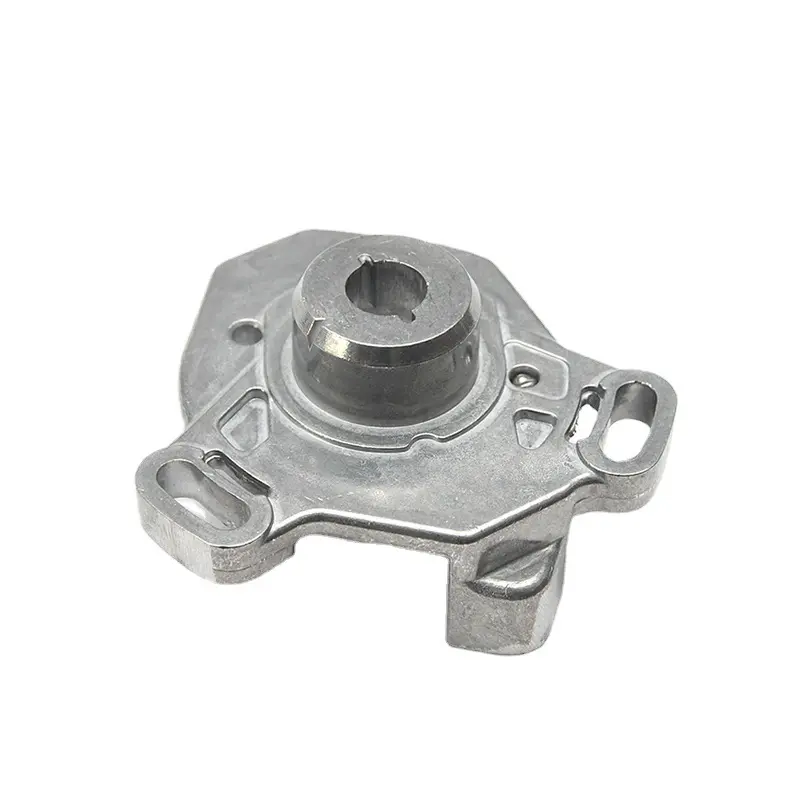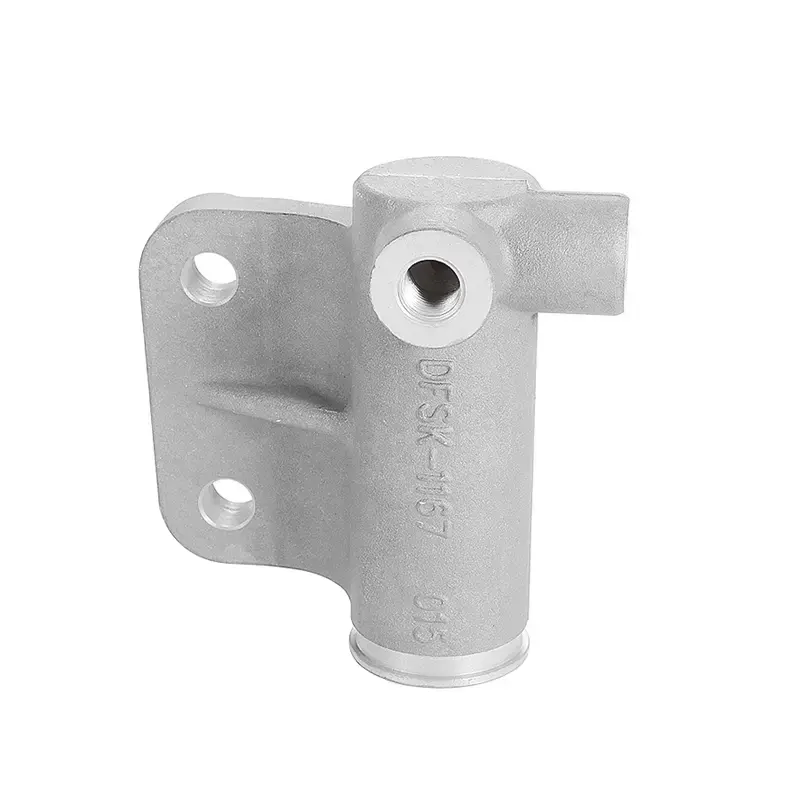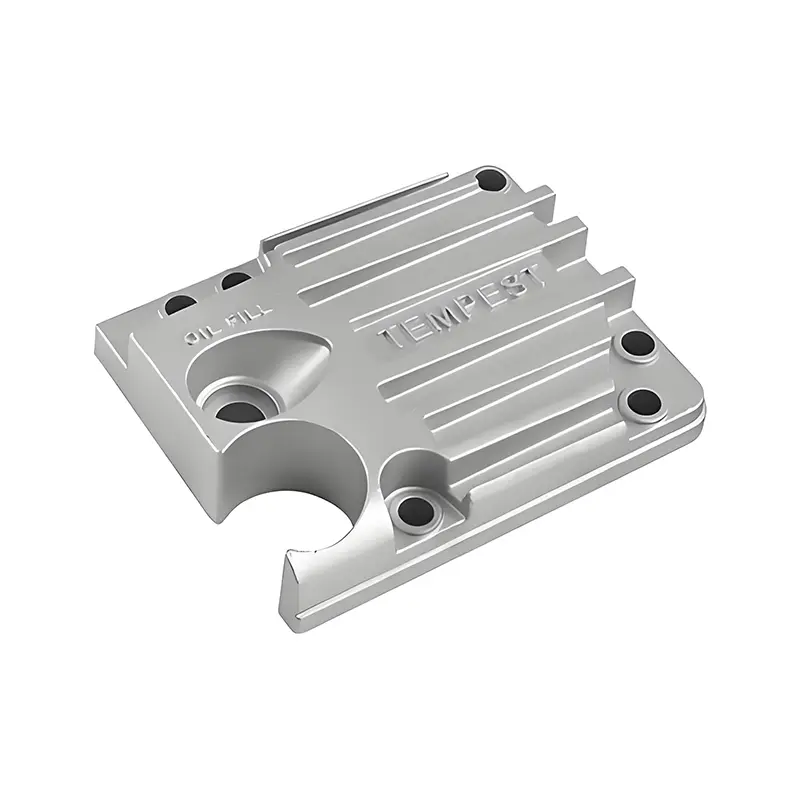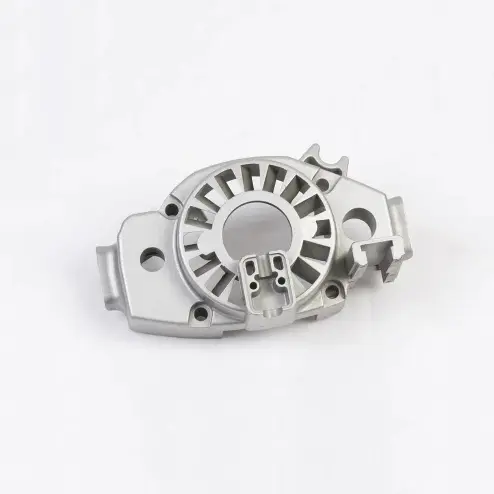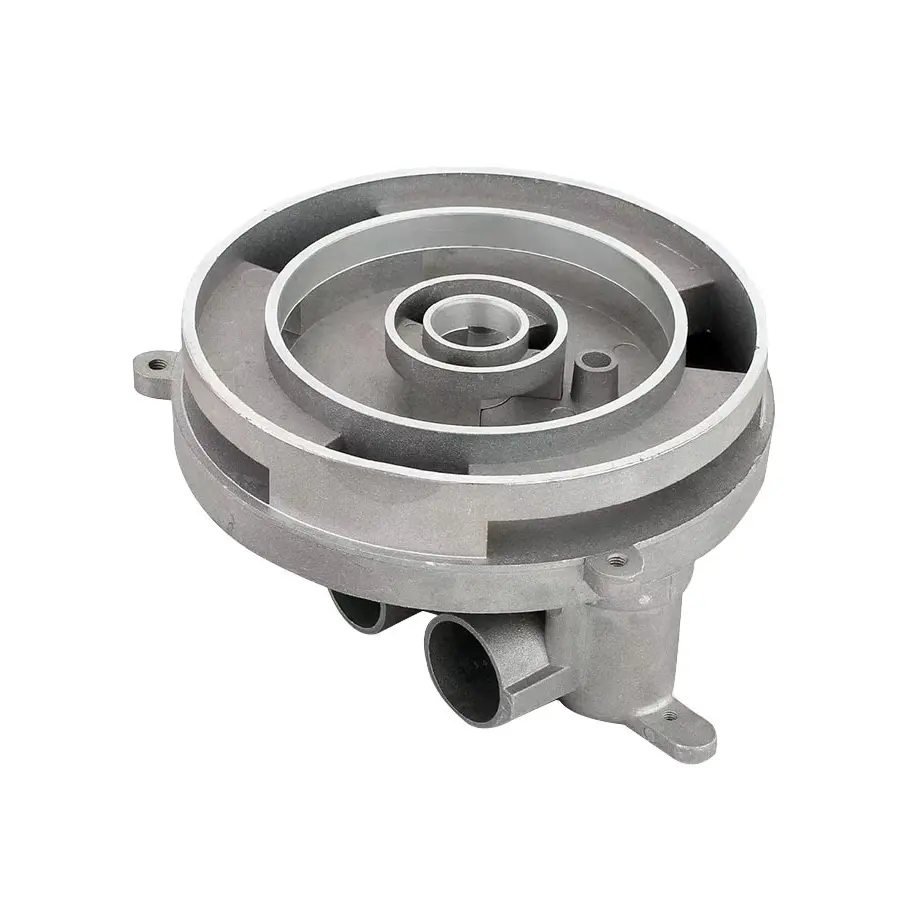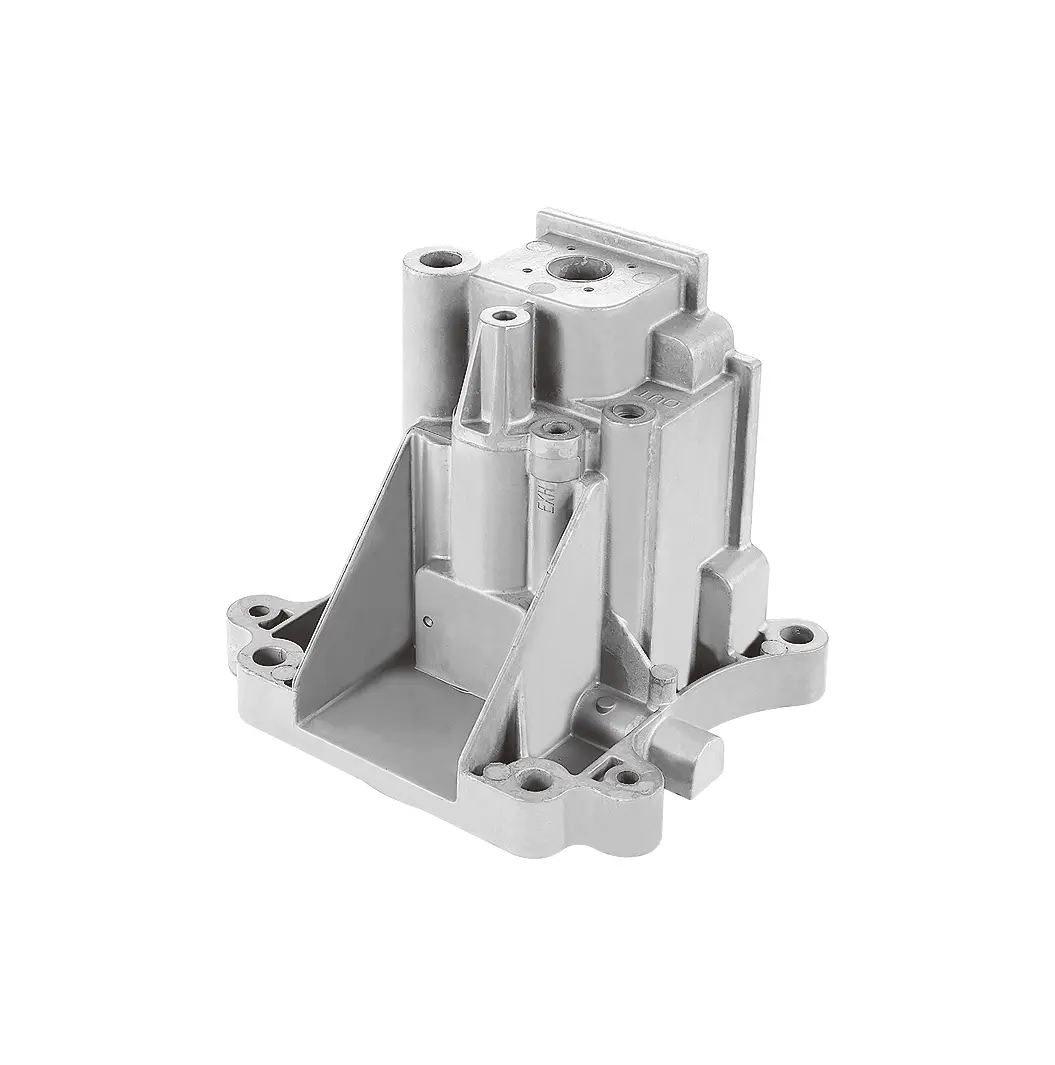 +86-13516964051
+86-13516964051 Steps for calculating the carbon footprint of recycled aluminum high-pressure casting
Steps for calculating the carbon footprint of recycled aluminum high-Pressure Casting: helping sustainable development
Against the backdrop of increasing global attention to environmental protection and sustainable development, carbon footprint calculation has become an important means of assessing the environmental impact of products. For companies engaged in recycled aluminum high-pressure casting, understanding and calculating the carbon footprint of products will not only help meet the environmental protection requirements of the international market, but also enhance the company's market competitiveness. This article will introduce in detail the steps for calculating the carbon footprint of recycled aluminum high-pressure casting to help related companies better respond to the needs of the international market.
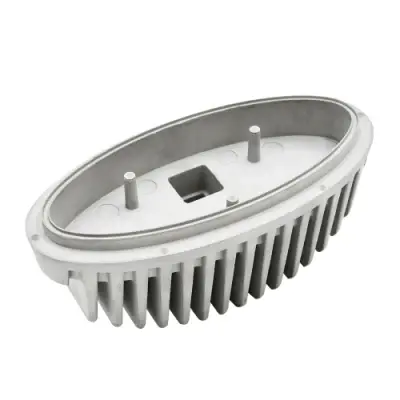
1. Basic concepts of carbon footprint calculation
Carbon footprint refers to the level of greenhouse gas emissions generated by a specific activity or entity, usually expressed in carbon dioxide equivalent (CO₂e). In recycled aluminum high-pressure casting, carbon footprint calculation covers the entire life cycle from raw material acquisition to product manufacturing, including the transportation of raw materials, energy consumption in the production process, and waste treatment.
2. Steps for carbon footprint calculation
(I) Determine functional units and system boundaries
Functional units: Functional units are the basis of carbon footprint calculation and are used to quantify the environmental performance of products. For recycled aluminum high-pressure casting, the functional unit is usually "producing 1 ton of recycled aluminum products."
System boundaries: The system boundaries define the scope of carbon footprint calculation. The system boundary of recycled aluminum High Pressure Casting usually includes raw material acquisition, production process, packaging and storage. Specifically:
Raw material acquisition stage: including the acquisition and transportation process of raw materials such as recycled aluminum, intermediate alloys, flux, etc.
Production stage: the entire process from the entry of raw materials into the factory to the entry of finished products into the warehouse, including smelting, casting, equipment maintenance, etc.
Packaging and storage stage: involving the use of packaging materials for products, warehouse environmental control, and logistics within the factory, etc.
(II) Data collection
Data collection is a key link in carbon footprint calculation, and the accuracy and completeness of data directly affect the reliability of the calculation results. The following are the main data that need to be collected:
Raw material data: including the type, amount, source, and transportation distance and method of raw materials.
Energy consumption data: record the consumption of electricity, natural gas, diesel and other energy used in the production process.
Waste data: statistics on the types and quantities of waste generated during the production process, as well as the treatment methods of waste.
Transportation data: record the transportation distance, transportation method and energy consumption of raw materials and products.
(III) Selecting an appropriate calculation method
Carbon footprint calculation usually adopts the life cycle assessment (LCA) method, which calculates greenhouse gas emissions at each stage by establishing a flowchart and system boundary of the product life cycle. The carbon footprint calculation of recycled aluminum high-pressure casting can refer to international standards such as ISO 14067.
(IV) Calculate the carbon footprint of each stage
Raw material acquisition stage: Calculate the carbon emissions generated during the production, transportation and packaging of raw materials. For example, the carbon emissions of recycled aluminum can be calculated by the energy consumption and emission factors in its production process.
Production stage: Calculate direct and indirect emissions in production processes such as smelting and casting. Direct emissions mainly come from fuel combustion, while indirect emissions are related to electricity consumption.
Packaging and storage stage: Calculate carbon emissions in the production and use of packaging materials and warehouse lighting, environmental control and other processes.
(V) Summary and analysis
Add the carbon footprints of each stage to obtain the total carbon footprint of the product. By analyzing the carbon emission contribution of each stage, the main emission sources can be identified, thus providing a basis for emission reduction measures.
(VI) Uncertainty analysis
Uncertainty analysis is used to evaluate the reliability of data and calculation methods. By analyzing the uncertainty of the data, the credibility of the carbon footprint calculation results can be determined.
(VII) Reporting and Verification
The carbon footprint calculation results are compiled into a report and verified by a third-party organization to ensure its accuracy and credibility.
3. Special considerations for carbon footprint calculation of recycled aluminum high-pressure casting
(I) Advantages of recycled aluminum
The production of recycled aluminum has significant carbon emission reduction advantages compared to the production of primary aluminum. The production of recycled aluminum mainly relies on the recycling and remelting of scrap aluminum, and its energy consumption and carbon emissions are much lower than those of primary aluminum production. Therefore, in the carbon footprint calculation, the use of recycled aluminum can significantly reduce the carbon footprint of the product.
(II) Impact of energy structure
The type of energy used in the process of recycled aluminum high-pressure casting has an important impact on the carbon footprint. The use of clean energy (such as solar energy and wind energy) can significantly reduce carbon emissions. Therefore, enterprises should give priority to clean energy to improve the environmental performance of their products.
(III) Waste treatment
Waste (such as waste slag and waste aluminum chips) generated during the production of recycled aluminum needs to be properly handled. The way the waste is handled (such as landfill, incineration or recycling) will affect the calculation of the carbon footprint. Enterprises should try to use recycling methods to dispose of waste to reduce carbon emissions.
4. Case Analysis
Taking the recycled aluminum ingot series products of a certain aluminum company as an example, its carbon footprint calculation results show that raw material consumption is the main source of carbon emissions, accounting for 96.06% of the total carbon emissions. By optimizing the procurement and transportation of raw materials, the company successfully reduced the carbon footprint of its products.
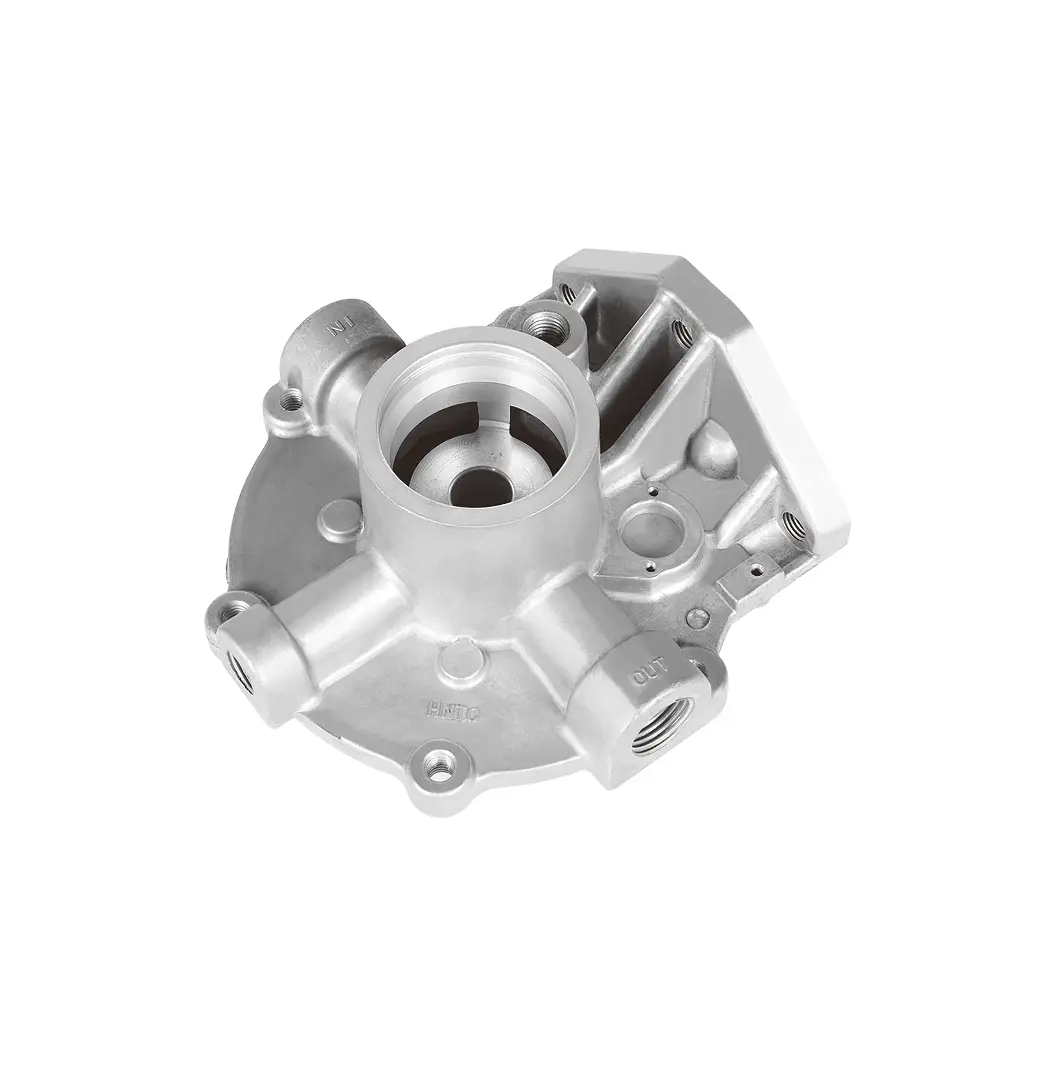
5. Conclusion
The carbon footprint calculation of recycled aluminum high-pressure casting is an important tool for enterprises to cope with the environmental protection requirements of the international market. Through scientific and reasonable calculation methods and data collection, enterprises can accurately assess the environmental impact of products and take effective emission reduction measures. Under the general trend of global green development, enterprises that master carbon footprint calculation skills will be more competitive in the market.









